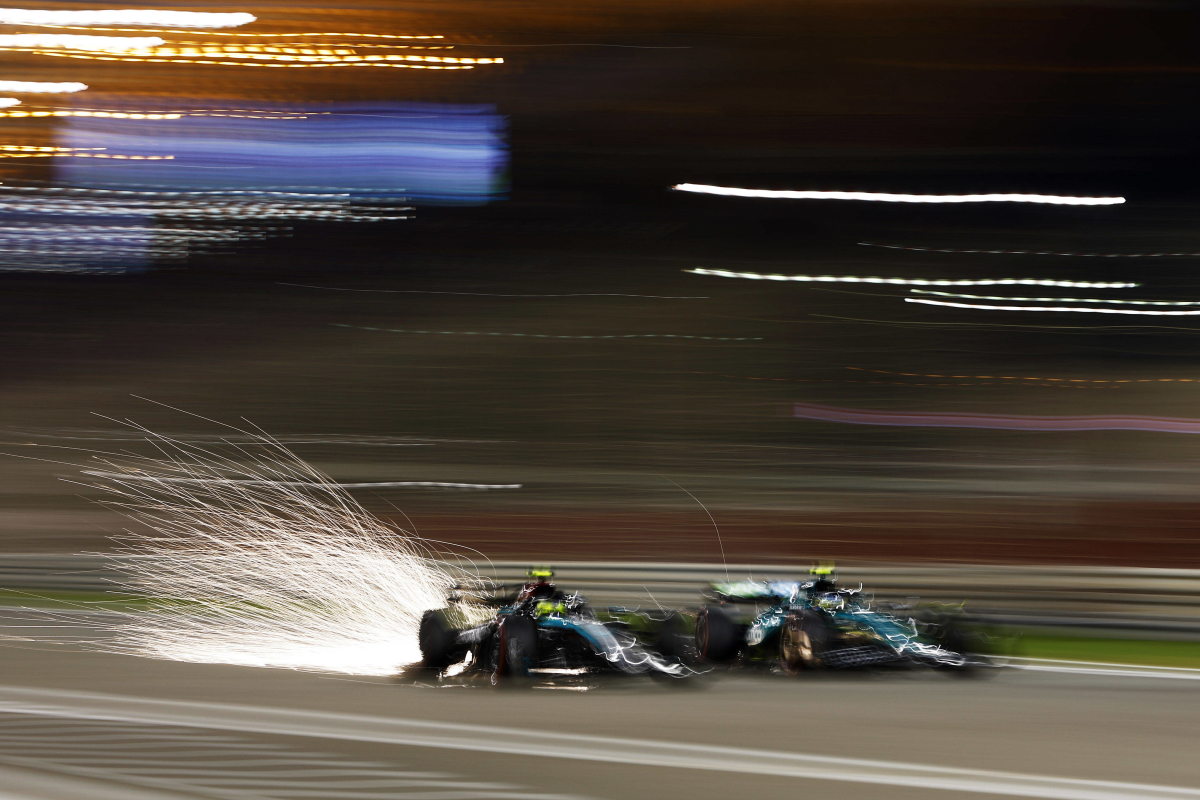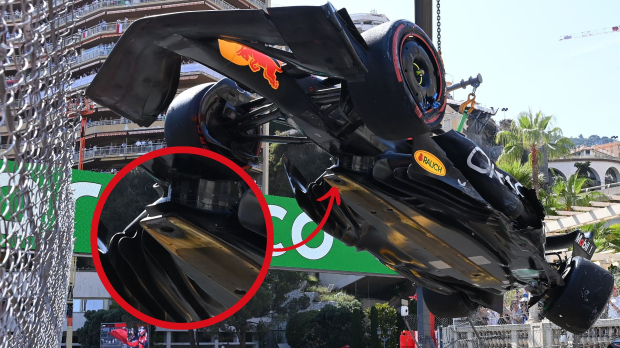Latest News

British Grand Prix
FIA confirm official curfew BREACH for F1 team at British Grand Prix
- 54 minutes ago

British Grand Prix
Red Bull F1 star given black and white flag for ‘driving erratically’ at British GP
- 1 hour ago

British Grand Prix
F1 star's BROTHER to race at Silverstone
- 2 hours ago

British Grand Prix
F1 Qualifying Results: Max Verstappen STUNS Silverstone as Lewis Hamilton fairytale denied
- 3 hours ago

British Grand Prix Qualifying
Under pressure F1 star sparks red flag at British GP after HUGE crash
- Today 16:27

British Grand Prix
F1 2025 British Grand Prix weather forecast - Latest from Silverstone as teams braced for chaotic conditions
- Today 15:51
Most read

500.000+ views
FIA issue Lando Norris disqualification verdict at Austrian Grand Prix
- 29 june

250.000+ views
F1 News Today: Austrian Grand Prix race result confirmed as FIA issue Lando Norris disqualification verdict
- 1 july

200.000+ views
Lewis Hamilton disqualification proves McLaren are real deal at Austrian Grand Prix
- 1 july

150.000+ views
Mercedes F1 star hit by FIA deleted lap ruling after Canadian Grand Prix
- 16 june

150.000+ views
FIA announce Lewis Hamilton punishment verdict at Austrian Grand Prix
- 27 june

100.000+ views
Max Verstappen Silverstone fate sealed as Red Bull star given Austrian GP penalty points
- 30 june



























 Grand Prix of Australia 2025
Grand Prix of Australia 2025  Grand Prix of China 2025
Grand Prix of China 2025  Grand Prix of Japan 2025
Grand Prix of Japan 2025  Grand Prix of Bahrain 2025
Grand Prix of Bahrain 2025  Saudi Arabian Grand Prix 2025
Saudi Arabian Grand Prix 2025  Grand Prix De Monaco 2025
Grand Prix De Monaco 2025  Gran Premio de España 2025
Gran Premio de España 2025  Grand Prix du Canada 2025
Grand Prix du Canada 2025  Grand Prix of Austria 2025
Grand Prix of Austria 2025  Grand Prix of Belgium 2025
Grand Prix of Belgium 2025  Grand Prix of Hungary 2025
Grand Prix of Hungary 2025  Grand Prix of Azerbaijan 2025
Grand Prix of Azerbaijan 2025  Grand Prix of Singapore 2025
Grand Prix of Singapore 2025  Gran Premio de la Ciudad de Mexico 2025
Gran Premio de la Ciudad de Mexico 2025  Grande Prêmio de São Paulo 2025
Grande Prêmio de São Paulo 2025  Qatar Grand Prix 2025
Qatar Grand Prix 2025  Grand Prix of Abu Dhabi 2025
Grand Prix of Abu Dhabi 2025 